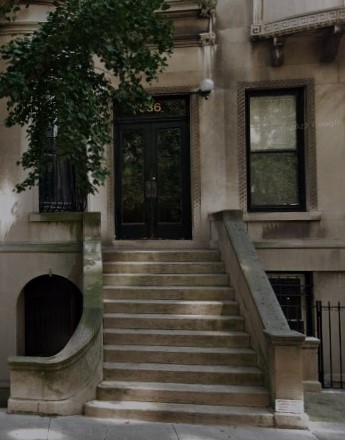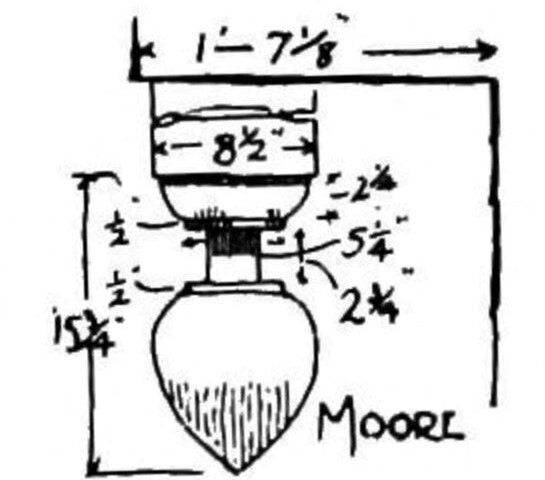There are times when determining the date of a building through documents and architecture can be further confirmed or questioned through the study of foundational bricks. The typical process by which this can be accomplished is through thermoluminescence (TL). Simply put, this technique can determine the amount of time which has elapsed from the moment of manufacture to the present. This is possible because the ‘luminescence signal increases with time at a constant rate due to the naturally occurring radioactivity received by some minerals, typically quartz and feldspar inclusions in the ceramic matrix.’[1] When heated, the minerals release energy measured in units providing an estimation of how much time has passed from the point of manufacture. This, along with consideration of the surrounding environment provides what is known as a ‘dose rate’ which together furnish the manufacture date. As with any testing, it needs to be compared with other data related to the building and area. TL is not the only process in determining the date of a brick’s manufacture. Optically Stimulated Luminescence (OSL) which has been successfully used to determine a brick’s date of manufacture with lower deviations and the need for fewer sample amounts.
Some of the information needed for testing includes the number and types of samples, when the results are needed, and how payment will be made. If sending samples, it is best to send via ground rather than air to prevent the samples from being altered from radiation. It is also necessary to know how deep the brick was buried and the history of any changes from its original location. This, along with knowing the elevation, latitude and longitude help in determining the dose rate when calculating the estimated date of manufacture. This is a simplistic list of what may be required. It is best to contact the lab you are considering before removing any bricks so that you can get specific directions necessary to provide the best results.
Not all bricks are suitable for testing. For example, if the building has had a fire, the bricks have been reused, or the entire building completely reconstructed, using TL or OSL to determine the age of the building would not provide accurate data. These are only a few concerns when dating bricks using TL or OSL. Each situation has its own peculiar circumstances which need to be considered on a case-by-case basis. Contacting the luminescence laboratory as the very first step will ensure that sampling, testing, and results are properly executed. Those available in the United States and Canada can be found on a list titled North American Laboratories for Luminescence Dating and can be found at http://www.usu.edu/geo/luminlab/Lumin_Lab_List.pdf. There is no guarantee that the labs listed can perform a test for an individual homeowner as they are typically used for commercial projects. It is recommended that the lab is contacted with your specific project. If a lab accepts a project, expect that results may take 9-12 months with a cost of between $400 to $1500 per sample.
While the use of TL and OSL may be feasible in providing insight into the manufacture date of bricks used in the foundation of a building, thereby providing some clarity to the date of construction, it is not the most cost-effective avenue. There are numerous resources, which analyzed collectively, may provide the date of construction in a less costly process.
Resources:
[1] Blain, S.; Bailiff, I.K.; Guibert, P.; Bouvier, A.; Bayle, M. An intercomparison study of luminescence dating protocols and techniques applied to medieval brick samples from Normandy (France). Quat. Geochronol.2010, 5, 311–316.
Nelson, Michelle S., Harrison J. Gray, Jack A. Johnson, Tammy M. Rittenour, James K. Feathers, and Shannon A. Mahan (2015) ‘User Guide for Luminescence Sampling in Archaeological and Geological Contexts,’ Advances in Archaeological Practice 3(2) pp. 166-177. Located at: http://www.usu.edu/geo/luminlab/Nelsonetal2015.pdf (Accessed: 13 June 2021).



